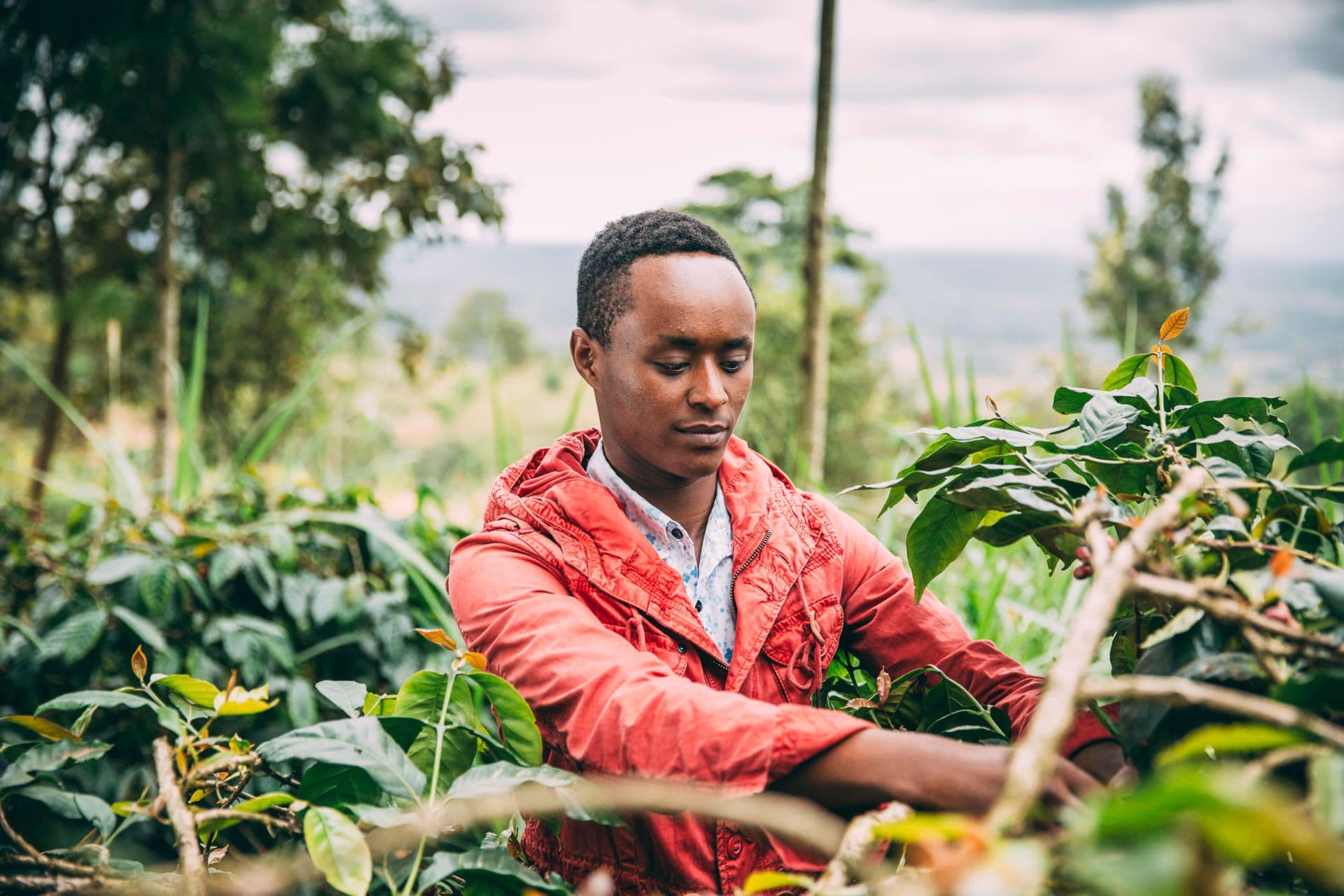Away, but Not Away: How Partnerships Stay Engaged with Local Communities During Challenging Times like COVID-19

Cross-sector partnerships (CSPs) that operate in developing countries engage closely with local communities with the goal to build these communities’ capacity for action. As the work of these partnerships relies strongly on face-to-face interaction that cannot easily be transferred to online formats, my latest research project explored how they had adapted their work during the pandemic. Through the generous support of HRNS and The Partnering Initiative (UK), I was able to talk to several actors involved in partnerships that work closely with coffee and tea smallholder communities in East-Africa, Indonesia and Central America. In this blog-post, I share some preliminary insights on collaborating with local communities during unexpected crises.
1. Stay involved, but differently
One thing the COVID-19 pandemic has shown, is that during unexpected external disruptions such as a global pandemic, CSPs might have to momentarily pause their main activities. Yet, this does not mean that CSPs should no longer be involved with communities. On the contrary, during the pandemic CSPs became important actors to inform local communities about the virus and to provide them with the necessary protective equipment. While several CSPs might have initially struggled with this new task of health care provision, their continuous presence and their efforts were vital for communities’ long-term well-being and for their own ability to pick up their activities quickly. Thus, rather than pulling out of activities altogether, CSP managers should be prepared to take over some tasks which might be novel to them, yet which are vital in sustaining community engagement during unexpected crises.
2. Find new, innovative ways of communicating
Access restrictions and safety measures made it challenging for CSPs to access local communities. Especially in the beginning months, several CSPs were largely cut off from communities, making it difficult to stay close and to provide support. Yet, some innovative ideas enabled them to remain close from a distance. Some great examples of this can be seen in TeamUp: this partnership developed “TeamUp Hour” an innovative radio broadcast for youth based on recorded WhatsApp messages. Also, TeamUp introduced the idea of phone farming, which implied that farmer trainings were continued via WhatsApp. Other partnerships have also successfully started to use mobile apps for support, created short videos for community members, or simply handed out posters and flyers to signal their presence. Thus, in times in which proximity is challenged, CSPs must, and can, leverage innovative solutions to stay close to communities.
3. Take the time to reflect on future resilience
A crisis such as the pandemic raises questions about future resilience of partnerships. One aspect which seems particularly important in terms of resilience building is the above-mentioned potential to integrate technology into operating procedures. Technology can help CSPs to engage more efficiently on the long-term with community members, for example by reaching a wider audience or by connecting more easily with youngsters. At the same time, when introducing technologies, my research also showed that CSPs must be careful that those with restricted access to these technologies do not get left behind. Another important aspect that came out from this research is the ability for CSPs to create flexible funding structures. If CSPs manage to re-locate their financial resources quickly, they prove to be more resilient and more likely to be of value for local communities during unexpected crises. While most CSPs have found their way through the pandemic and might even have discovered some innovative new solutions for themselves, this does not imply that we should forget about it and move on quickly. Rather, I would urge actors such as CSP managers at this very point to reflect on the past months and ask the following questions: What can we learn from the pandemic in terms of organizing ourselves more efficiently? How can we design our partnership structures to accommodate for the fact that something similar might happen again?
All in all, my research suggest that the pandemic has the potential to threaten CSPs’ ability to remain close to local communities. At the same time, it has shown how CSPs can be highly adaptive to sudden changes, and some CSPs have “bounced back” to become even stronger and more collaborative than they were before.
If you have any questions about this research, or are interested to find out more about my work, feel free to contact me via LinkedIn.




